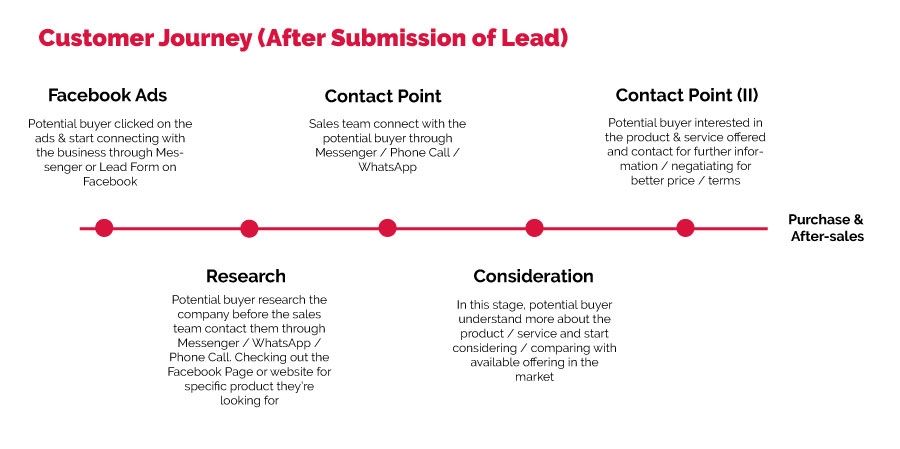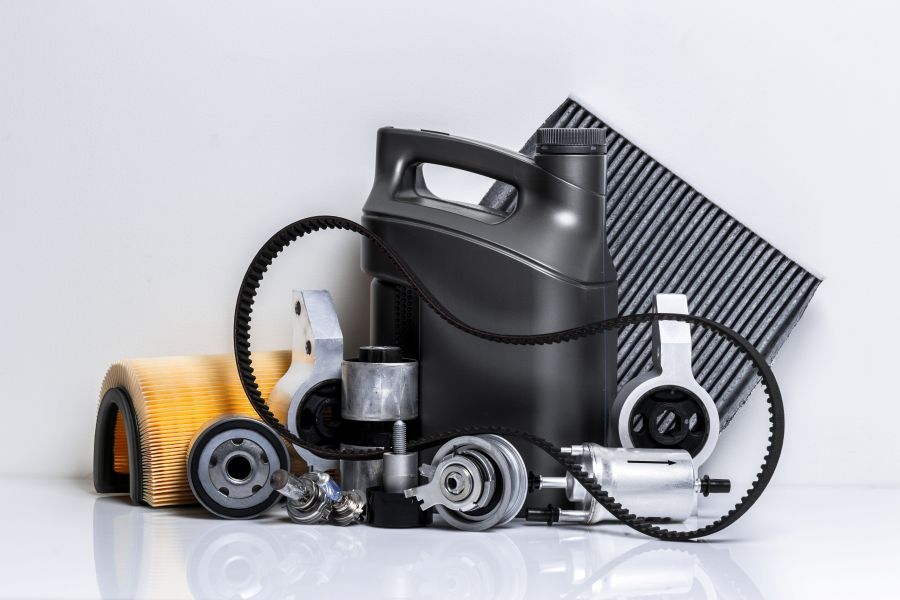In this case study, we will look at how an automobile spare part supplier uses Facebook Ads to increase their sales. We will start with the general market trend and behavior of the industry, the company background, and the strategy implementation of the Facebook Ads strategy for the company.
Market Outlook – Automobile Spare Parts
According to the study conducted by McKinsey in 2017, the overall automotive aftermarket has shown healthy growth and profitability. The growth is expected to increase steadily till 2030, with a growth rate of 3% per annum. Asia will also be leading in the growth fueled mainly by the increasing demand from China.
Moreover, Fortune Business Inisigh is also reporting a forecast of USD 288.20 Billion by 2026 for the aftermarket spare part industry globally in the Q2 of 2020.
Consumers are also reportedly shifted toward e-commerce buying, and 57% of consumers would research detailed installation instructions, according to the research. Research also shows the fast-growing trend of DIY among consumers with the help of information from the web and ease of access to these aftermarket spare parts from e-commerce.
Company Background
The automobile spare part company is supplying car parts for a premium car, such as Porshe, BMW, Mercedes, Lamborghini, Ferrari, Land Rover, and others. The business has offered a variety of product ranges, including the OEM auto parts with their in-house brand, aftermarket parts, and authentic parts directly sourced from the manufacturer.
Overall, there are more than 10,000 products available in their catalog ready to be sold to their customer. Most were ready-stock in their warehouse, and some need to be ordered (or make-to-order) based on the sales received and required a lead time of at least two weeks.
The primary target market is a workshop that offers maintenance and repair services. By understanding the trend of the market, the company wants to serve a broader market, especially the B2C market, that would like to DIY for their automobile repair or maintenance.
On the other hand, the business also observed a trend where the consumer would prefer to purchase the spare part by themselves at a lower price. And then bring them to the workshop and paying only the service fees to the workshop.
There seems to be a ‘distrust’ between consumers and the workshop, with the perception where the workshop might give them non-authentic, low-quality, and over-charged spare parts for the service.
With this in mind, they have actively tapped into the digital marketing realm since 2014 with a website and Facebook page.
Push Marketing – Facebook Ads Strategy
Objective: To push their product proactively to those who’re interested on social media (Facebook) through ads.
Over the year, the business has got some of their business from their website & Facebook page and slowly seeing the return for the investment. However, it’s moving too slow. They are also experiencing a slow down for their offline channels with the increased competition in the market.
Hence, they would like to take a proactive stand to push their product out there to the market. With the existing digital assets to be utilized, Innovative Hub has proposed Facebook Ads as the push marketing strategy. We have been focusing on the in-house branded product to maximize the ROI.
Lead Generation & Messenger Ads
We have implemented several strategies to test the market potential, targeting Klang Valley and major cities. This Facebook ad is the first ad ever run by the business with no previous data available from the company. Hence, we have implemented extensive testing on the target market and ads set.


After several optimization and tweaks throughout the month, the team acquires a satisfying closing rate from the lead received. The team is satisfied with the cost-per-lead, and the ROI is profitable for the business. We then expand the location targeting to other locations to further test the potential of such a market (mainly smaller cities around Malaysia).

Customer Journey Mapping
Objective: To understand the buyer behaviour and improve the process within each stage of the touchpoints in order to offer better customer experience.
By working closely with the company and the team, we have to gather insightful data about buyer behavior and mapped out the journey. This customer journey mapping is further analyzed by the marketing team to improve the overall customer experience in the process of buying online (from Facebook Ads).
Here is a snippet of the customer journey after the submission of the lead form / provided the contact details in Messenger (there are more to go). In each stage, you will be expecting a drop-off.

Some customers just want to know more without having the intention to buy (the curiosity type). Some were having their suppliers and interested to know what can the business offer better. At the same time, some got a better deal by comparing it with other available offerings in the market.
Those that are interested often negotiate with the salesperson, especially among those workshops or B2B buyers who are more familiar with the price and available service offer. Of course, these groups might require more work and effort to close, but they are also more likely to have repeat purchases after the first purchase.
Conclusion
To date, the business has implemented the always-on ads strategy to run ads to acquire more leads for the business continuously. We’re glad that the team has worked closely with us, allowing us to access their data, understanding their buyer behavior. Hence will enable us to gain insightful feedback from the strategy implemented and further tweak to improve the performance over time.
For businesses that have a similar business model should explore Facebook Ads as one of the proactive push marketing strategies. With the right target and an established sales process, your business can thrive with Facebook Ads too.

